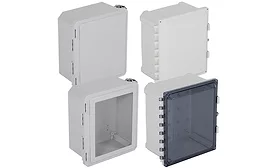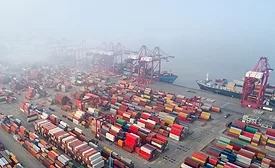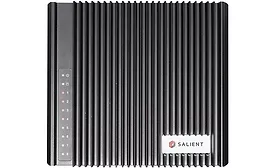Home » Keywords: » ruggedized security
Items Tagged with 'ruggedized security'
ARTICLES
Designed to Maintain Surveillance in Rugged Environments
eXtreme8 Integrated Server from Salient Systems
February 1, 2017
In Tough Environments, Security Gets More Resilient
How tough can it get? Deep in snow tough. Egg-cooking hot. Salty-dog environments near the sea. How rugged are your security solutions?
September 1, 2016
Designed for Surveillance in Highly Corrosive Environments
NXPTZHD from Videotec
July 1, 2016
Sign-up to receive top management & result-driven techniques in the industry.
Join over 20,000+ industry leaders who receive our premium content.
SIGN UP TODAY!Copyright ©2025. All Rights Reserved BNP Media.
Design, CMS, Hosting & Web Development :: ePublishing








